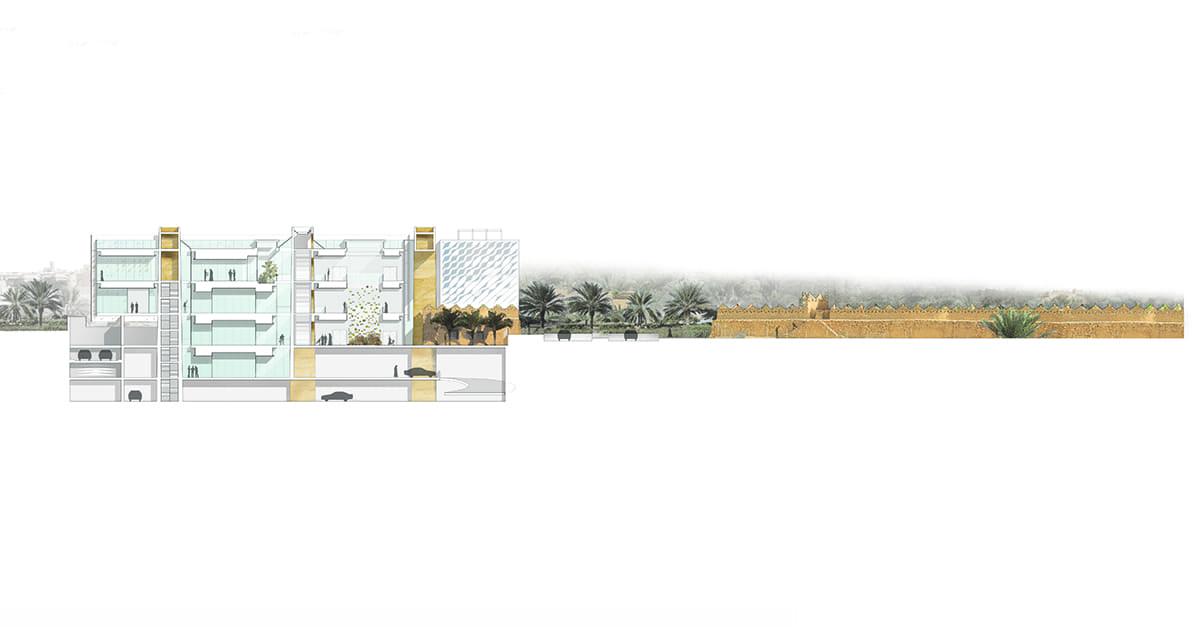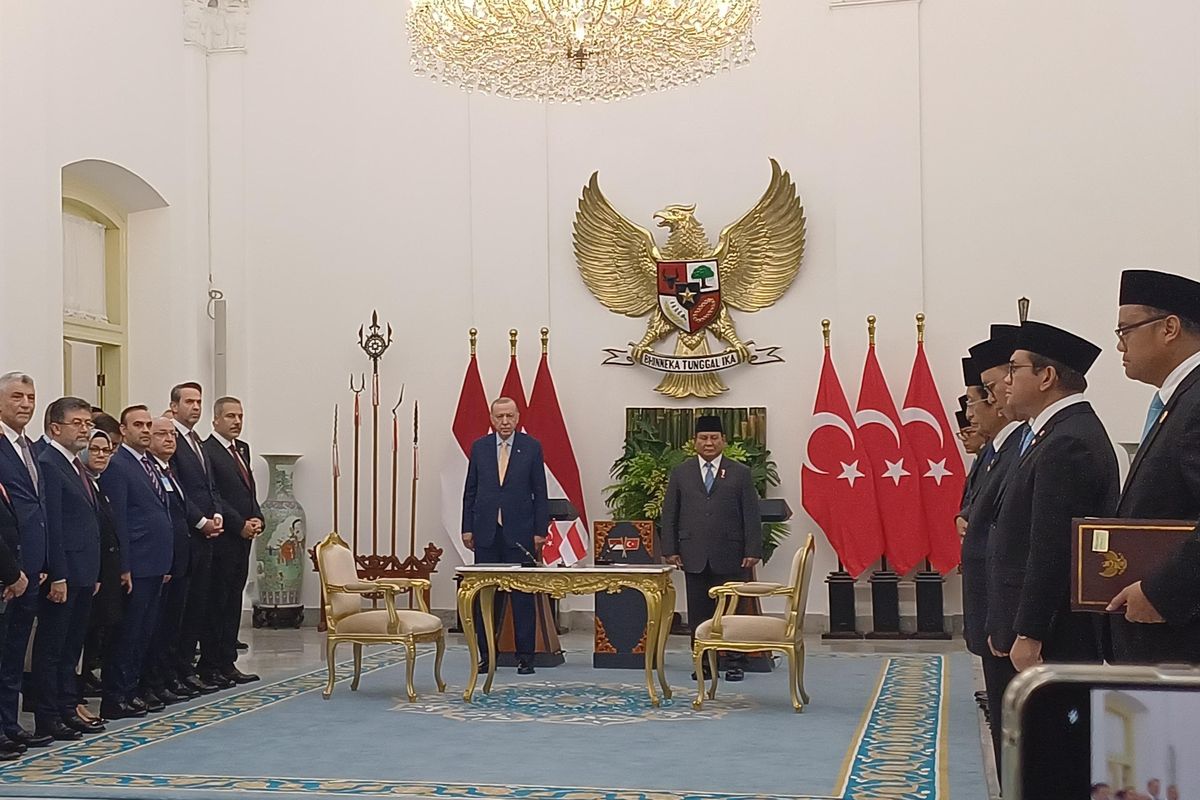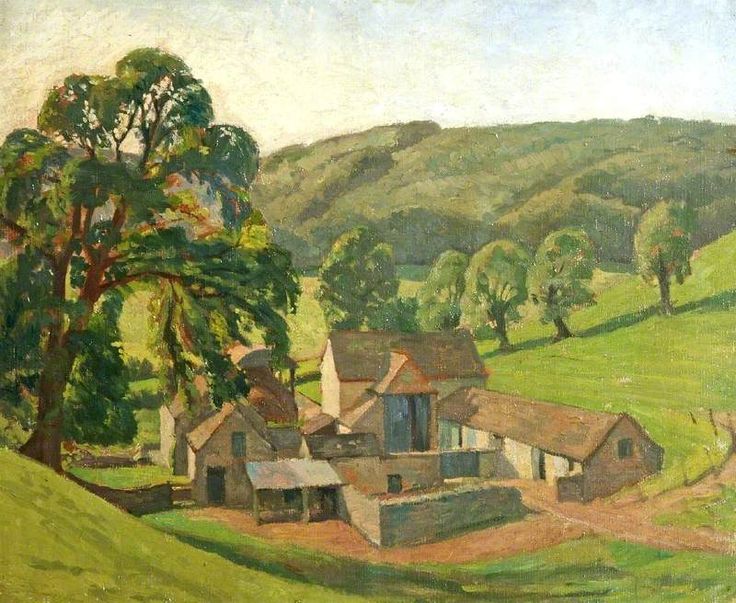South Korea's Architectural Heritage: A Museum Exhibit

Table of Contents
Ancient Korean Architectural Styles (Pre-Joseon Dynasty)
Before the Joseon dynasty, the Korean peninsula saw the rise and fall of powerful kingdoms – Goguryeo, Baekje, and Silla – each leaving behind a unique architectural footprint. Understanding these ancient Korean architecture styles is key to appreciating the later developments. These early periods saw the masterful use of stone, wood, and earth to create impressive structures, often serving religious or defensive purposes. Early Korean building techniques were remarkably sophisticated for their time.
-
Goguryeo Architecture: Known for their impressive tombs, Goguryeo architecture showcases vibrant murals depicting scenes of daily life and cosmology. These murals offer invaluable insights into the societal structures and artistic sensibilities of the era. The examination of Goguryeo tomb murals reveals sophisticated architectural planning and an understanding of structural engineering.
-
Baekje Architecture: Baekje's palaces, though largely lost to time, are believed to have been architectural marvels of their day. Analysis of surviving remnants and historical records suggests innovative construction techniques, possibly involving advanced carpentry and advanced earthworks.
-
Silla Architecture: The Silla kingdom is renowned for its magnificent Buddhist temples, showcasing the growing influence of Buddhism on Korean architectural styles. The elaborate Buddhist temples of Silla demonstrate a remarkable understanding of scale and the symbolic use of space. These structures represent a blend of indigenous techniques and newly adopted Buddhist architectural principles.
The Majesty of Joseon Dynasty Architecture
The Joseon Dynasty (1392-1897) is considered the golden age of Korean architecture. This era witnessed the refinement and standardization of Hanok (traditional Korean houses) and the construction of magnificent royal palaces, such as Gyeongbokgung and Changdeokgung. The principles of harmony and balance, deeply rooted in Confucian philosophy, are central to Joseon design aesthetics. This period saw a flourishing of wooden architecture in Korea, showcasing exceptional craftsmanship.
-
Korean Palace Architecture: Gyeongbokgung Palace, with its expansive courtyards and ornate buildings, exemplifies the grandeur of Joseon royal architecture. A detailed analysis of its architectural features reveals a complex system of symbolic spaces and carefully planned layouts.
-
Hanok Architecture: Hanoks, traditional Korean houses, are characterized by their elegant simplicity and ingenious features like Ondol (underfloor heating), showcasing a deep understanding of climate and comfort. The unique design elements of Hanoks, including their use of natural materials and their harmonious integration with the surrounding landscape, continue to inspire architects today.
-
Confucian Influence: Confucian principles of hierarchy and order are reflected in the layout and design of Joseon buildings, with palaces and temples exhibiting a clear visual representation of social structure. The examination of the role of Confucianism reveals the deep cultural and philosophical underpinnings of Joseon architectural aesthetics.
Religious Architecture in South Korea
Buddhism profoundly impacted Korean architecture. The distinctive styles of Buddhist temples across the country highlight the artistic expression and spiritual significance embedded within their design. The use of natural materials and the integration with the surrounding landscape create serene and contemplative spaces. Korean temple architecture demonstrates a unique blend of indigenous building techniques and Buddhist architectural traditions.
-
Bulguksa Temple: A case study of Bulguksa Temple, a UNESCO World Heritage site, reveals its rich history and complex architectural features, reflecting the pinnacle of Silla Buddhist architecture.
-
Seon (Zen) Buddhist Temples: Seon temples often feature a more austere and minimalist aesthetic compared to other Buddhist temples, reflecting the emphasis on meditation and simplicity in Zen Buddhism. The analysis of architectural elements reveals the principles of wabi-sabi and the integration of natural elements into the temple design.
-
Natural Materials and Landscape Integration: The use of natural materials like wood and stone, combined with the careful placement of temples within stunning natural settings, underscores the harmonious relationship between architecture and nature in Korean religious buildings.
Modern and Contemporary Architectural Innovations in South Korea
South Korea's modern and contemporary architecture showcases a dynamic evolution, seamlessly blending tradition with innovation. Seoul, in particular, stands as a testament to the country's architectural achievements, serving as a global hub for architectural experimentation. Innovative building designs often incorporate sustainable principles, reflecting a forward-thinking approach to the built environment.
-
Award-Winning Modern Buildings: Many award-winning modern buildings in Seoul and other major Korean cities exemplify the creative fusion of traditional Korean elements with cutting-edge design techniques.
-
Sustainable Design Principles: The integration of sustainable design principles into modern Korean architecture reflects a growing global awareness of environmental responsibility and a commitment to building a more sustainable future.
-
Global Influences: While maintaining a distinctive Korean identity, contemporary Korean architectural styles also reflect global trends and influences, highlighting the country's engagement with the broader architectural world.
Conclusion
"South Korea's Architectural Heritage: A Museum Exhibit" offers a comprehensive journey through the rich tapestry of Korean architectural history. From ancient stone structures to modern skyscrapers, the exhibit showcases the creativity and ingenuity of Korean architects throughout the ages. Don't miss the opportunity to experience the beauty and complexity of South Korean architecture firsthand. Visit the exhibit to deepen your understanding and appreciation for this remarkable cultural legacy. Explore the captivating world of South Korean architecture and discover its enduring impact.

Featured Posts
-
 13 Kesepakatan Kerja Sama Ri Turkiye Hasil Kunjungan Presiden Erdogan
May 02, 2025
13 Kesepakatan Kerja Sama Ri Turkiye Hasil Kunjungan Presiden Erdogan
May 02, 2025 -
 Important Information Regarding Riot Platforms Inc S Early Warning Report And Proxy
May 02, 2025
Important Information Regarding Riot Platforms Inc S Early Warning Report And Proxy
May 02, 2025 -
 Daily Lotto Results Friday 18 April 2025
May 02, 2025
Daily Lotto Results Friday 18 April 2025
May 02, 2025 -
 Texas Tech Beats Kansas In Road Victory 78 73
May 02, 2025
Texas Tech Beats Kansas In Road Victory 78 73
May 02, 2025 -
 Daisy May Coopers 30 000 Cotswolds House Paint Dispute
May 02, 2025
Daisy May Coopers 30 000 Cotswolds House Paint Dispute
May 02, 2025
